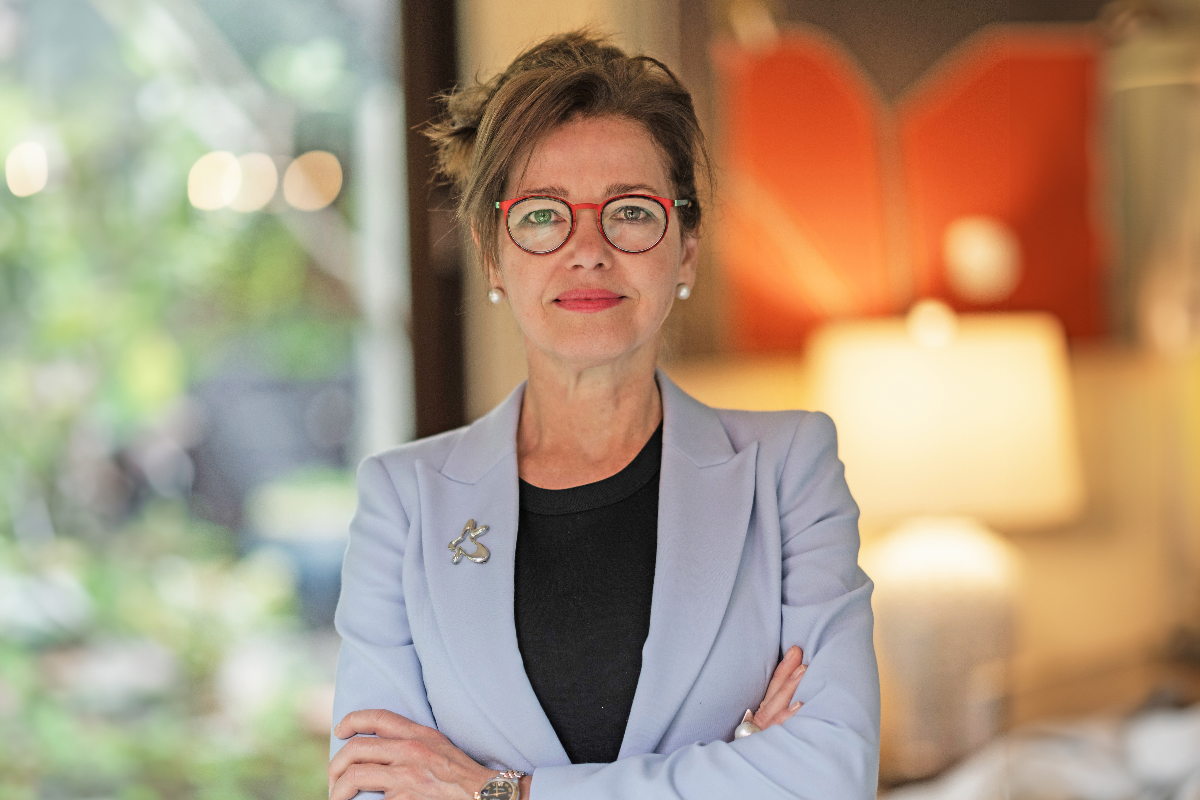Uni moves to improve SA regional healthcare
Flinders University has set up South Australia’s first rural-based medical program in a bid to boost the number of healthcare workers in regional areas.

The South Australian Rural Medical Program (SARM) starting in 2025, will allow medical students to study outside of metropolitan Adelaide.
Deputy dean of rural and remote health SA at Flinders University Professor Claire Drummond said the program would play “a critical role in addressing doctor shortages”.
“Studies [show] that the best prospect for keeping and attracting doctors to rural Australia is to offer training and placements in those areas,” Drummond said.
“We want to immerse our medical students in these regional areas for training so that they can see firsthand the wonderful aspects of living and working in a welcoming rural community.”
The SARM program will have 46 spots for students, with priority admission going to rural students, Aboriginal and Torrens Strait Islander students and interstate applicants with rural backgrounds.
You might like
In the first and second year of study students will be located in either Mount Gambier or the Riverland.
The third and fourth years will see students studying in either the Riverland, South-East, Hills, Mallee, Fleurieu or Barossa Valley.
“For the first time in the history of medical education, 46 students every year will be able to complete their entire training in regional South Australia,” Drummond said.
National Rural Health Alliance CEO Susi Tegen welcomed the program.
Stay informed, daily
“It’s really important they [students] see all elements of rural medicine…there are universities all around Australia now realising that they actually have to invest in rural,” Tegen told InDaily.

“The money has to be spent in rural communities, because we have a social contract to spend the money there. We need to employ local people, we need to do the research locally. We can’t just keep flying in and flying out and thinking that that’s okay.
“We rely heavily on international medical graduates, who’ve been wonderful in many aspects but many of them don’t want to be in rural, they see it as a way of working in urban Australia.”
Data compiled by the Australian Institute of Health and Welfare indicated in 2022 there were 1938 full-time equivalent medical practitioners per 100,000 people in remote areas around Australia. Comparatively, there were 2248 full-time equivalent medical practitioners per 100,000 people in major cities.
As InDaily reported in February, the 2024 State of Australia’s Regions report showed the average life expectancy remains lower in regional areas across the country.
“They’re not a third-world country, and yet they are being treated like one. The figures are terrible, it’s embarrassing,” Tegen said.
“Those people that live in rural Australia, and Indigenous people that want to serve their mobs, they should be given the support to train and work in rural Australia.
“We need to make sure firstly that we train people that are from rural Australia because they understand the culture, they understand the communities, they understand that you have to be much more multidisciplinary than you might have to be in urban centres.”








